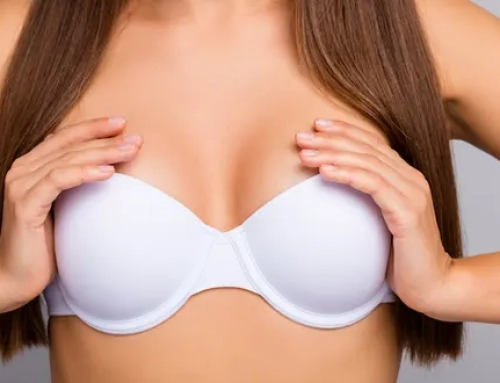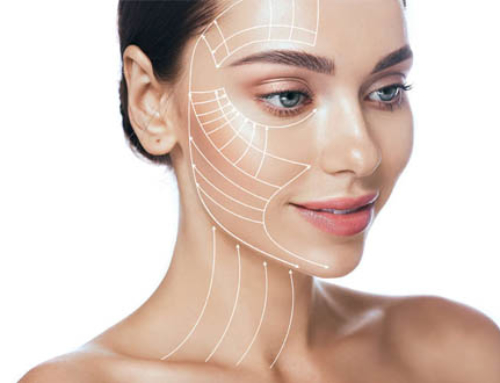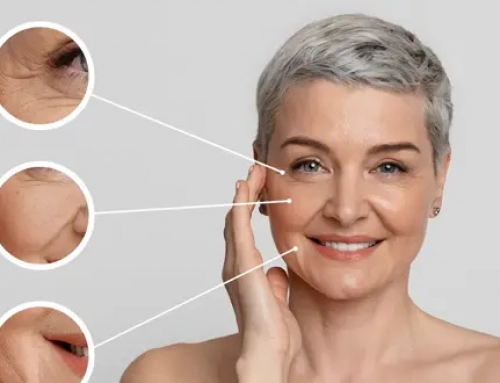Since non-surgical, or medical, rhinoplasty is performed with filler injections to correct imperfections by bringing volume in the treatment area, the patient’s nasal imperfection has to be treatable with fillers, which is not always the case.

Rhinoplasty
Hollowed nasal bridge
This case is non-surgical rhinoplasty‘s best indication. Fillers can raise the nasal bridge and create a smooth angle between the forehead and the nose.
Nasal hump
The surgeon’s assessment is of the essence in these cases. There are three types of nasal humps :
- Nasal hump with a hollowed bridge. Filler injections are made over and under the nasal hump.
- Nasal hump with a normally positioned bridge. Surgery offers better results to remove the nasal hump in this case, but filler injections can be used to raise the bridge and cover up one side of the hump. This will result in a slightly stronger appearance of the nose which is usually not obvious.
- Very high nasal hump with a full nasal bridge. In this case, only surgery can remove the hump as filler injections would raise the nose too high, as high as the forehead. Non-surgical rhinoplasty is non efficient is this case.
Insufficient projection of the nasal tip
Filler injections in the tip of the nose can achieve subtle projection, although a solid support is almost always preferable. The projection offered by fillers can wear off with time, which is why filler injections in the nasal tip are usually used in an effort to balance the tip with the nasal dorsum.
Deviated nose
The crooked appearance of the nose is often the result of an underlying asymmetrical cartilage structure with no real deviation of the nasal septum. In this case, filler injections can help retrace the ridges by filling in the hollowed areas of the nose. This non-invasive method won’t offer a result as clear as surgical rhinoplasty, because in most deviated noses, part of the nose is over projected outward and needs to be brought back in the center by performing osteotomies.





